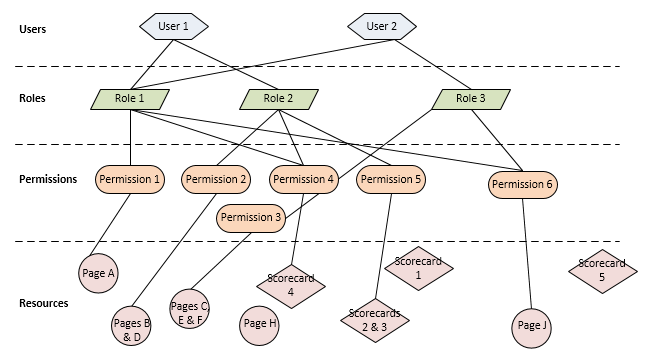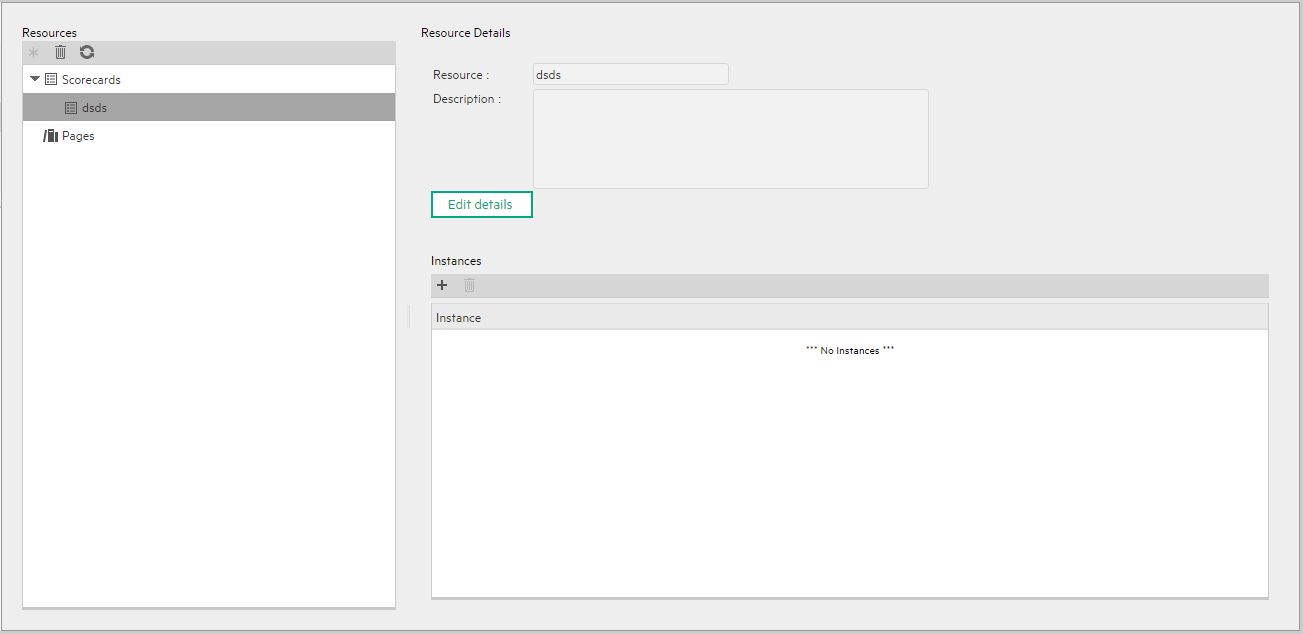Searching the Help
To search for information in the Help, type a word or phrase in the Search box. When you enter a group of words, OR is inferred. You can use Boolean operators to refine your search.
Results returned are case insensitive. However, results ranking takes case into account and assigns higher scores to case matches. Therefore, a search for "cats" followed by a search for "Cats" would return the same number of Help topics, but the order in which the topics are listed would be different.
| Search for | Example | Results |
|---|---|---|
| A single word | cat
|
Topics that contain the word "cat". You will also find its grammatical variations, such as "cats". |
|
A phrase. You can specify that the search results contain a specific phrase. |
"cat food" (quotation marks) |
Topics that contain the literal phrase "cat food" and all its grammatical variations. Without the quotation marks, the query is equivalent to specifying an OR operator, which finds topics with one of the individual words instead of the phrase. |
| Search for | Operator | Example |
|---|---|---|
|
Two or more words in the same topic |
|
|
| Either word in a topic |
|
|
| Topics that do not contain a specific word or phrase |
|
|
| Topics that contain one string and do not contain another | ^ (caret) |
cat ^ mouse
|
| A combination of search types | ( ) parentheses |
|
- System Administrator
- Logon
- Splash Screen
- Launch or Stop the Business Analytics Application
- Configure CAC
- Licenses
- About Users, Roles, Resources, Permissions, LDAP, and Dimension Permissions
- Users and Roles - User Management
- Users and Roles - Role Management
- Users and Roles - Resource Management
- Users and Roles - LDAP Management
- LDAP in BusinessObjects
- Users and Roles - Dimension Permissions
- Settings
- Settings - Data Warehouse
- Settings - Foundation
- Settings - Single Sign On
- Settings - Pages
- Settings - Website
- Settings - Dashboard Settings
- Settings - Engine Settings
- Settings - Score Thresholds
- Settings - BA Settings
- Apache Web Server
- Security Recommendations
- LW-SSO
- Cryptography
- Set Up Java
- Localization and Globalization
- Xcelsius Reports
- Browsers and BOE Reports
- Notifications - Entity Report
- External Tools
- Migrate from a Development or Test Environment to Production
- Vertica Back Up
- Business Analytics Back Up
- Disaster and Recovery
The Resource Management page enables you to view resource and resource types, as well as create a resource. You can also select instances or application data or components that comprise a resource.
Select ADMIN > Users and Roles > Resource Management.
 Resources, Instances, and Scorecard Resources
Resources, Instances, and Scorecard Resources
Actions users can perform depend on their roles and permissions. Resources are the basis for user and role management. For each user or group, you assign a set of permissions called 'Role' that allow to perform specific actions on specific resources.
- Resources. A resource is a logical group of one or more application data sets or components (for example Dashboard pages, or Scorecards). Once you define resources, you attach the resource to a permission.
-
Instances. An instance is an application data or components that can be managed by a user according to the user's permissions.
Instances are the available application data or components defined in the system.
Note Users that are created in the ADMIN tab and require permissions to view reports pages must be assigned those permissions in SAP BusinessObjects Enterprise.
- Scorecard Resources. ITBA enables you assign specific Scorecard resources to a user. Additionally, you can restrict user permissions and only allow then to view Scorecards, Dashboard pages and data that they have been assigned by the Administrator.
 Diagram
Diagram
The following diagram illustrates the relationship between users, groups, roles, permissions, and resources in the ADMIN tab.

The Administrator uses the ADMIN tab to define users that have roles, which contain a set of permissions that may contain resources. It is recommended to create resources and attach them to permissions first in the user management process.
 Create a resource
Create a resource
- Select ADMIN > Users and Roles > Resource Management.
- In the Resources area, select the type of resource (for example Scorecards) in the tree, and click Create resource
 to create a new resource.
to create a new resource. - Enter the name of the resource in Resource and a description in Details.
- Click OK to save your new resource.
 Manage instances
Manage instances
- Select Admin > Users and Roles > Resource Management.
- Select a resource in the Resources area.
- In the Instances area of the Resource Details pane click Add instances
to open the Manage Instances dialog box. Instances are the available application data or components defined in the system that are attached to resources.
- Select the instance from the Available Instances list and use the arrows to move the instance to the Selected Instances list.
- Click OK to save your changes.
 Resource Management Page
Resource Management Page
Click  to refresh the page.
to refresh the page.

-
User interface elements are described below (when relevant, unlabeled elements are shown in angle brackets):
UI Element
Description 
Select a resource and click Create resource to open the Create new resource dialog box and create a new resource of that type.

After you create the new resource, the Resource Details pane opens. For details, see Resource Details Pane.
Delete Resource. Deletes the selected resource.
If the resource is the only resource attached to a permission and that permission is attached to any roles, deleting the resource detaches the corresponding permissions from these roles.

Refresh. Refreshes the displayed information. <Resources Tree> Contains the resource types and the resources defined for each type.
By default, the tree includes the following resource types:
- Scorecards
- Pages
-
User interface elements are described below (when relevant, unlabeled elements are shown in angle brackets):
UI Element
Description Resource type name The name of the selected resource type. Resource type description The description of the selected resource type. -
When you select a resource in the Resources pane, the details appear in this pane.

User interface elements are described below (when relevant, unlabeled elements are shown in angle brackets):
UI Element
Description Resource type name The name of the selected resource type. This information is displayed when you set the cursor on one of the resource types in the Resources pane. Resource type description The description of the selected resource type. This information is displayed when you set the cursor on one of the resource types in the Resources pane. Add Instances. Adds instances to the selected resource. Opens the Manage Instances dialog box.
Each resource can have one or more assigned application data or component instances.
In the Manage Instances dialog box, select a page from the Available Instances list and use the arrows to move the instance to the Selected Instances list. For details, see Manage Instances Dialog Box.
These instances are the available pages defined in the system.
Remove Instances. Removes the selected instance from the resource.
Description The description of the selected resource. Resource The name of the selected resource.
Edit Details Edits the selected resource name and description.

Resource Description The description of the selected resource. Resource Name The name of the selected resource.
Instances List of instances for the selected resource.
 Manage Instances Dialog Box
Manage Instances Dialog Box
This dialog box enables you to attach pages to a resource.
Select the resource and click the 

User interface elements are described below (when relevant, unlabeled elements are shown in angle brackets):
|
UI Element |
Description |
|---|---|

|
Select an instance from the Available Instances list and use the arrows to move the instance to the Selected Instances list. |
| Available and Selected Instances |
Each resource can have one or more assigned instances. |
We welcome your comments!
To open the configured email client on this computer, open an email window.
Otherwise, copy the information below to a web mail client, and send this email to SW-Doc@hpe.com.
Help Topic ID:
Product:
Topic Title:
Feedback:









